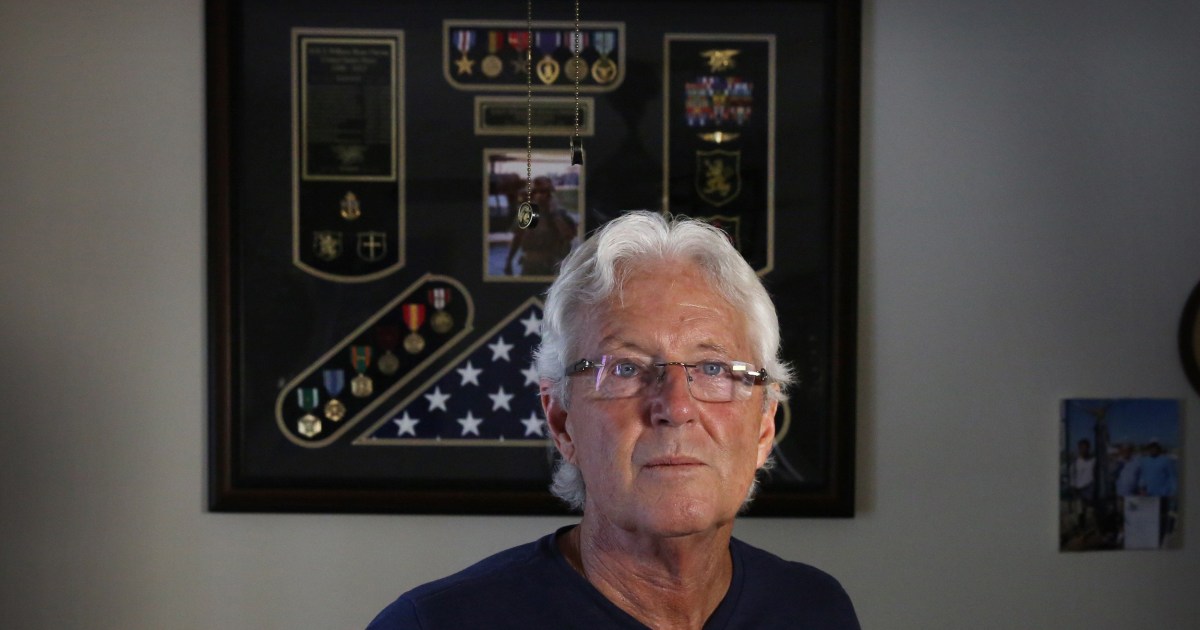It's true. Bush may have murdered more grunts but Trump did a bunch of high risk missions that killed our best and brightest in the military. Men not easily replaced. And you hardly hear a word about it
During his first 100 days in office, it has become clear that President Donald Trump views military force as his primary—if not only—foreign policy tool. From a botched special operations raid in Yemen to a cruise missile strike against an Assad-regime airfield in Syria, Trump has proven more than willing to order America’s armed forces into action.
Making this situation worse is the president himself. Mercurial in nature and largely ignorant when it comes to complex foreign policy issues, President Trump does not appear to have any method at all to govern the use of force and lacks a clearly articulated end goal for the use of force. As a result, Trump has failed to articulate coherent reasons for his decisions to use force—not even in his head-spinning policy reversal in Syria—leaving his national security team unable to speak with one clear public voice on these decisions.
At the same time, President Trump has failed to nominate or appoint the officials necessary to run the State Department and much of the Pentagon, preferring instead to hand difficult diplomatic tasks to his son-in-law, Jared Kushner.
Trump's wars?
Beyond overseeing ongoing military campaigns in Iraq, Syria, and Afghanistan, Trump has authorized or threatened force on numerous occasions in or against a number of countries since taking office:
- Yemen: Trump authorized a botched special operations raid in late January that left a Navy SEAL and several civilians dead.4 His administration also discreetly escalated the American air campaign against Al Qaeda in the Arabian Peninsula in early March.5 In addition, Secretary Mattis has requested authorization to give greater military assistance to the Saudi-led coalition fighting Houthi rebels in Yemen.
Somalia: Trump eased Obama-era restrictions on the use of force in Somalia, giving military commanders more freedom of action against the Al Qaeda-affiliated al-Shabab terrorist group.8 Dozens of American soldiers have since deployed to Somalia
President Trump’s decision to launch a limited cruise missile strike against the Assad regime in Syria came after more than a year of statements on the campaign trail and in office that strongly suggested that Trump took little issue with President Bashar al-Assad staying in power in Damascus and believed the United States had no reason to intervene against him. His position was echoed by Secretary Tillerson and Ambassador Haley in the week before the April 4 attack. 16
Moreover, as a private citizen, Trump vehemently opposed President Obama’s proposed retaliatory strikes against the Assad regime when it used sarin nerve agent to kill 1,300 Syrians in August 2013.17 Similarly, candidate Trump exhibited a cavalier attitude toward chemical weapons use, objecting that “everyone goes crazy” when “Saddam Hussein throws a little gas.”18 The Iraqi dictator most notoriously used chemical weapons against Iraqi Kurds at Halabja in 1988, killing as many as 5,000 civilians.
But after seeing images of children killed by sarin on television, Trump undertook a dramatic policy reversal.19 In the space of a week, the Trump administration went from accepting Assad’s continuation in power to launching 59 cruise missiles at one of Assad’s airfields.
President Trump’s late January authorization of a special operations raid in Yemen provides corroboration of his casual attitude toward decisions to use force. Trump reportedly authorized the raid—in which a Navy SEAL and several civilians died—over dinner with key national security advisers, as well as Steve Bannon and Jared Kushner.20 He also reportedly heard the suggestion that President Obama would not have ordered the raid as a reason to go forward.

www.nbcnews.com


